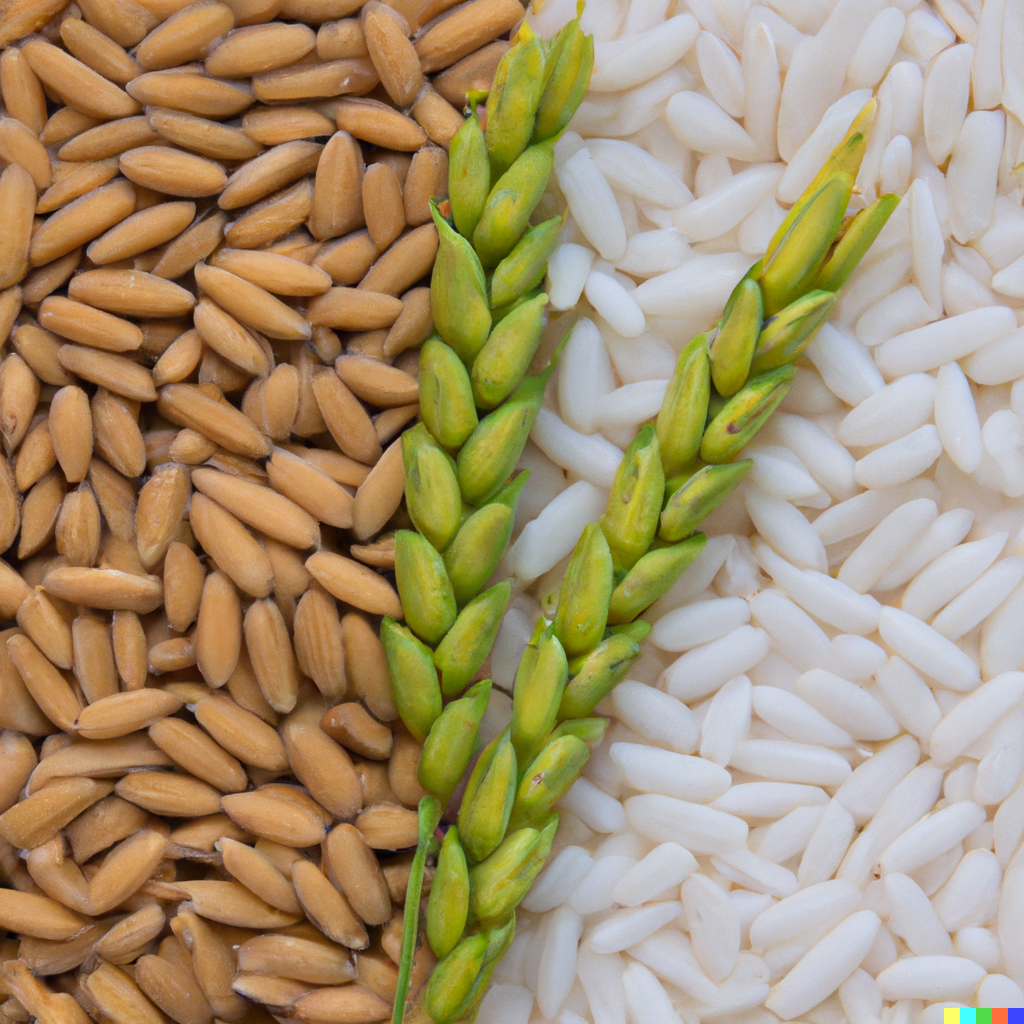Weighing in on strategic realignment

WPI’s team was retained by the governing board of a U.S. industry organization to review a decision, reached by vote, to invest significant assets into the development and management of an export trading company. WPI’s team conducted a formal review of this decision and concluded that the current level of market saturation would limit the benefits of the investment. Based on WPI’s analysis and recommended actions, the board subsequently reversed its decision and undertook a strategic planning effort to identify more impactful investments. On behalf of numerous clients, WPI has not only assisted in identifying strategic paths but also advised their implementation.

 Dry-bulk markets are firmer this week with the Capesize sector again leading the rally. Capesize rates saw support from stronger volumes from East Australia and the Pacific with Brazil and West Africa seeing demand for LH December and January positions. Panamax markets were firmer with growing...
Dry-bulk markets are firmer this week with the Capesize sector again leading the rally. Capesize rates saw support from stronger volumes from East Australia and the Pacific with Brazil and West Africa seeing demand for LH December and January positions. Panamax markets were firmer with growing...
 WPI Grain Prices and Freight Rate App Note: you can also visit the app directly by clicking here. Supplemental Information The section below offers a concise view of the options available in the current version of the WPI FOB Price and Freight Rate app, along with a short “How To”...
WPI Grain Prices and Freight Rate App Note: you can also visit the app directly by clicking here. Supplemental Information The section below offers a concise view of the options available in the current version of the WPI FOB Price and Freight Rate app, along with a short “How To”...
 Dry bulk markets are firmer this week as China’s recent soybean purchases stoked hopes that cargo demand, and vessel hire rates, will increase heading into 2026. China has purchased about 1 MMT of U.S. soybeans out of their commitment to purchase 12 MMT in December and January. Cape...
Dry bulk markets are firmer this week as China’s recent soybean purchases stoked hopes that cargo demand, and vessel hire rates, will increase heading into 2026. China has purchased about 1 MMT of U.S. soybeans out of their commitment to purchase 12 MMT in December and January. Cape...